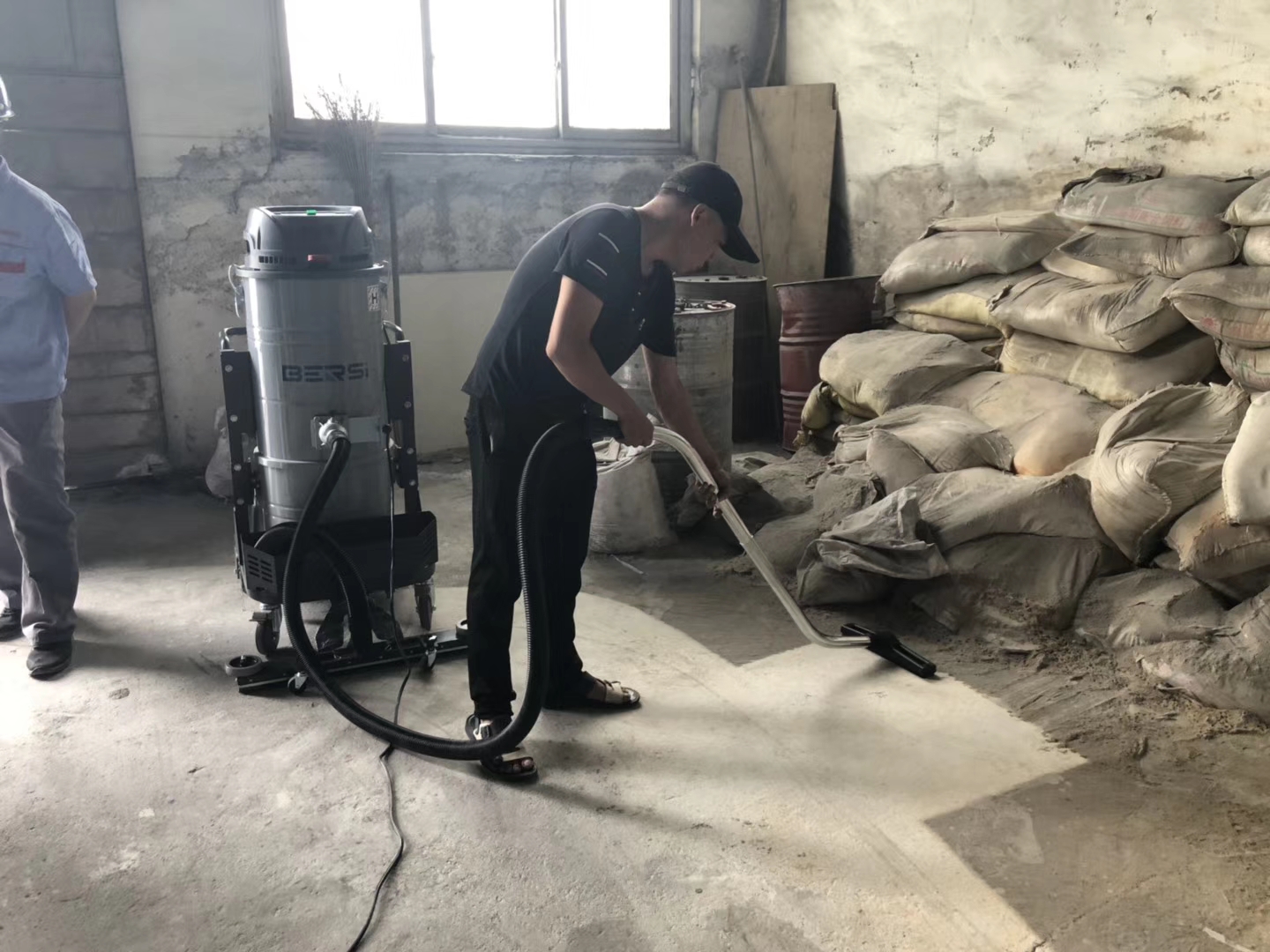When an industrial vacuum loses suction, it can severely impact cleaning efficiency, especially in industries that rely on these powerful machines to maintain a safe and clean environment. Understanding why your industrial vacuum is losing suction is crucial to resolving the issue quickly, ensuring it continues to operate at peak performance.
In this article, we’ll cover the common reasons for suction loss in industrial vacuums, along with practical solutions, while optimizing for key search terms to help you find the answers you need.
1. Clogged Filters: The Leading Cause of Suction Loss
Industrial vacuums are often tasked with handling large amounts of fine dust, dirt, and other debris.These filters, especially those designed for capturing fine particulate matter, can quickly become saturated with dust. As the filter gets clogged, the amount of air passing through the vacuum decreases, resulting in a significant loss of suction. Regular maintenance and timely filter replacement are essential to ensure consistent performance.
Solution: Check the filters regularly and clean or replace them as needed. HEPA filters, commonly found in industrial vacuums, require consistent maintenance to prevent blockages. Keeping filters clean is essential to maintaining strong suction.
2. Hose or Pipe Blockages
In an industrial setting, there is often a large amount of debris, including dust, metal shavings, and fibers. These can accumulate and block the hose or nozzles, severely restricting the airflow. For example, in a manufacturing plant, the continuous production process may generate a high volume of fine particles that can easily clog the vacuum’s components.
Solution: Inspect hoses and pipes for any blockages. Use a flexible tool or compressed air to dislodge debris. In some cases, a reverse airflow (backflushing) may help clear blockages in longer hoses or complex systems.
3. Full Dust Collection Bag or Bin
An industrial vacuum’s dust collection bag or bin must be emptied regularly to maintain suction. When the bin or bag is full, the vacuum loses its ability to collect additional debris effectively.
Solution: Check and empty the dust bin or replace the bag when it is near capacity. Don’t wait until it’s completely full, as this may not only reduce suction but also cause more strain on the motor.
4. Air Leaks: Cracks and Loose Connections
Seal problems cannot be ignored. Any gaps or cracks in the seals between different parts of the vacuum, such as the dust collection chamber and the main body, can lead to air leakage. This reduces the overall suction efficiency. Ensuring that all seals are in good condition and properly installed is vital.
Solution: Regularly inspect hoses, seals, and connections for any signs of wear or damage. Repair small cracks with industrial-grade tape or sealant, but replace any parts that are heavily worn or damaged.
5. Brush or Roller Obstruction
If your industrial vacuum is equipped with floor brushes , these parts can become tangled with hair, fibers, or other debris, which limits their ability to function and reduces suction.
Solution: Regularly clean the brushes and rollers by removing tangled debris. If the brushes s are too worn or damaged, replace them to restore full cleaning efficiency.
6. Worn or Damaged Motor
The motor in an industrial vacuum works hard, often under extreme conditions. Overheating, electrical faults, or simply the wear and tear from continuous use can cause the motor to fail to generate the necessary air pressure differential for suction.
Solution: If the motor is under performing or making unusual noises, it may be time for professional servicing or motor replacement. Industrial vacuums may require specialized repair for motor issues.
7. Exhaust Filter Blockages
The exhaust filters in industrial vacuums ensure that dust and fine particles don’t re-enter the environment. When these filters become clogged, they can block airflow and lead to suction loss.
Solution: Clean or replace exhaust filters regularly to prevent airflow restrictions and maintain the vacuum’s performance. Check your vacuum’s manual for filter maintenance guidelines.
Loss of suction in an industrial vacuum can significantly impact its performance, but by identifying and addressing common issues like clogged filters, hose blockages, air leaks, or worn parts, you can restore suction and keep your vacuum working efficiently. Regular maintenance is key to ensuring your vacuum operates at full capacity, extending its life and improving cleaning results.
Post time: Sep-12-2024

